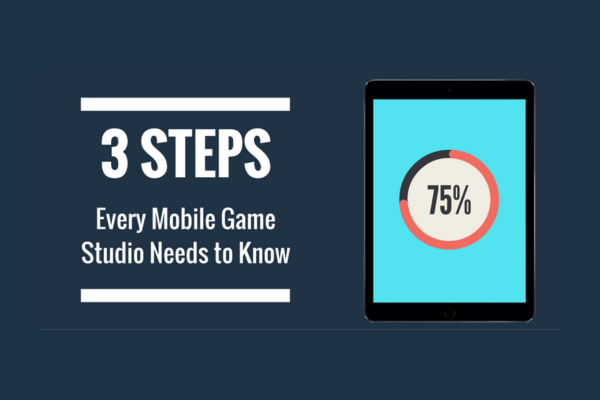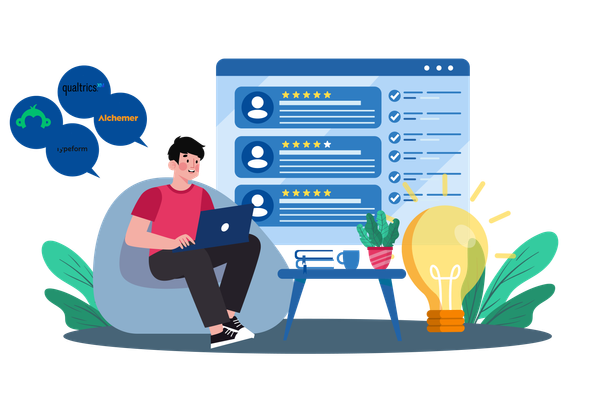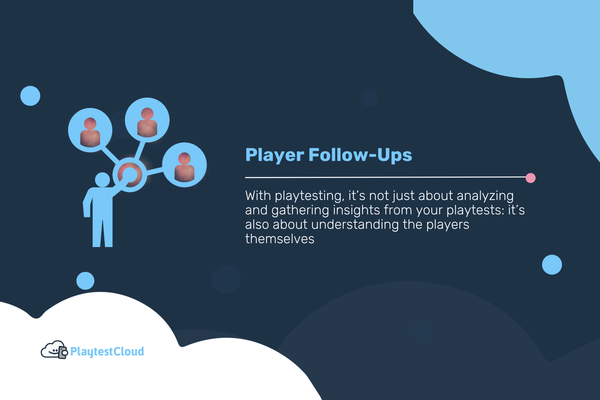Now that your team has decided to develop a brand new game, the real work begins! But don’t worry, there are three stages of the development process that will help ensure a great launch.
In the following, we will explain the specifics of playtesting, private beta-testing, soft launch, when to employ these techniques, and what the objectives of each technique are. By the end, your team will be one step closer to having a great game with a successful release.
Playtesting
What is it?
People unfamiliar with playtesting or new to game-design often confuse playtesting with QA testing. However, the two are quite different. QA testing is focused more on finding bugs and other glitches in the game. Playtesting, on the other hand, provides a more in depth way for game studios to gain very specific insights into player psychology, motivations, and to build a better game around players’ actual experience with the game. It allows the game designers to implement changes according to player’s experience with the game.
For instance, you can use playtesting to observe and record what reactions certain game mechanics evoke in your target audience. Perhaps you want to determine what is running through a player’s head when they spin their iPhone in order to attack an enemy, or how well this new mechanic works for them.
Typically, playtesting consist of 5-10 new players for every round, and there are no limits to how many rounds you run. At PlaytestCloud, we’ve seen game studios run up to 100 iterations, while other studios run only 2-3--so it’s pretty flexible.
With playtesting, you are able to collect very valuable data from a player’s interaction with the game, which you can then use to further perfect your game.
Here are some more great tips to get the most out of your playtest.
When?
Like most things, there is no clear answer as to when you should start playtesting. However, implementing playtesting early on will help you to better understand your players, and how they will actually play the game upon release. Valve’s in house psychologist, Mike Ambinder, views playtesting as the
“most important part of the game development process. It’s not something we save for the end of the development.”
Even if you only have a few minutes of content, the insights gained from playtesting can prove invaluable. After all, nothing would be worse than starting your playtesting phase a few weeks before launch, only to realize that how you intended people to play the game is completely contrary to how they actually play—and so it’s back to the drawing board!
Objectives
Playtesting provides you with an insight into the psychology of the player; you are able to see how the player moved, discover why they want this or that, detect player motivations, or learn which sound effect players love, to name just a few.
PlaytestCloud will certainly help you during your playtesting stage. It provides a great way to analyze your players, so that you can easily implement these changes into your game.
Private Beta-Testing
What is it?
Although traditionally used by PC studios, private beta-testing is becoming a more prominent stage of development for mobile teams. After you have begun implementing the data you discovered during the playtesting phase, the private beta-testing phase gives you a chance to have players test the game in a real environment, and detect any remaining issues prior to launch.
Private beta-testing also helps mobile game studios create buzz around the game, as well as receive more feedback from the players. As a game studio, you can use the private beta-testing phase to contact the players via forums, emails, and surveys.
It is worth noting that private betas and public betas are somewhat different. Like the name suggests, private betas are more narrowed in their scope. A private beta normally consists of 100-1,000 players. This allows studios to choose a specific player they are looking to target.
When?
Private beta-testing should occur towards the end of the development cycle. However, you should definitely keep implementing playtesting during this phase. Because you use private beta-testing to get feedback, you can use playtesting to quickly iterate through the new changes, and see if they worked. This technique is a great way to kill two birds with one stone!
By this point, you should have a relatively complete product. This is not to say that a few errors in the code aren’t present. Rather, the closed beta typically occurs some months prior to launch.
Objectives
Quality control is often the primary objective of private beta-testing. As mentioned earlier, you can conduct playtesting despite having glitches in your game. However, with private beta-testing, you are already at the stage where most of the glitches have been fixed.
Nonetheless, despite your team’s keen eye for code, some bugs will have undoubtedly slipped through the cracks (that’s normal!). Beta-testing gives you the chance to detect last minute bugs, receive player feedback, and fix anything else before you launch.
Soft Launch
What is it?
Available to a limited audience, a soft launch is a method mobile studios use to test and optimize their game’s monetization and retention rates. Because testing for this is incredibly tricky, soft launches provide you with several insights into the success of your game.
The success of a game often depends upon its initial release, and soft launches are a great way to determine if your game hits the necessary benchmarks for a successful release. Soft launches are typically conducted in less densely populated English speaking countries like Canada, Australia or New Zealand.
The average scope of a soft launch is approximately 10,000 players. It’s also important to remember that the scope of the soft launch is constrained by your ad budget. Mobile game studios typically aim to consistently buy installs to have a ready influx of new players.
When?
By now you pretty much have a completed game—which is awesome! Soft launches occur prior to the full launch. The exact timing for a soft launch depends on the chosen release date. However, because soft launches often dictate the actual release, the timing can be somewhat tricky.
Soft launches are very important, and mobile game studios will often delay the game’s release if they aren’t hitting certain monetization or retention goals. For some studios this phase lasts a few weeks, while for others it might last months. It’s not even that uncommon for game studios to pull the plug altogether on certain projects if they are nowhere near hitting their goals!
Objectives
Soft launches are much cheaper than a full launch, and is the last chance for you to optimize user acquisition, revenue per user, monetization, and retention before a worldwide launch.
Your focus needs to be on how to maximize these pivotal benchmarks. You want to make 100% percent sure that your game is ready for release, before you spend your advertising budget on a game that won’t return a profit.
Conclusion
Perhaps only Hollywood has stiffer competition than the app store for mobile games. You want to make sure that your studio does all it can do to ensure a successful launch. Playtesting, private beta-testing, and soft launches are great ways to get your game to the top of the charts!







